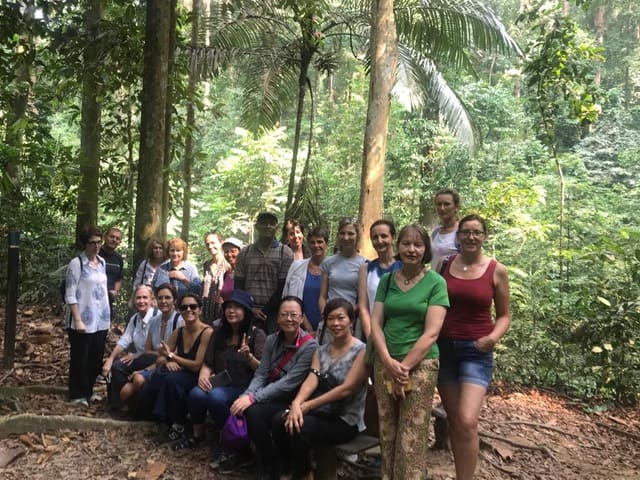A Visit to the Forest Research Institute Malaysia (FRIM)
20 March 2019
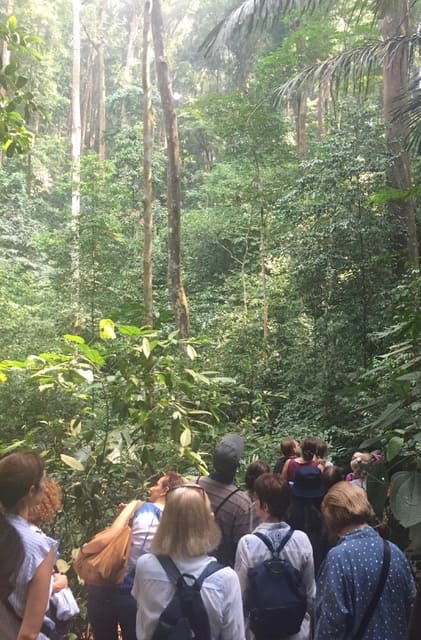
It was a sunny and hot day when a group of MCG members gathered at the Forest Research Institute Malaysia (FRIM), at an earlier than usual time. We were first welcomed by Dr. Noor AzlinYahya, responsible for the Ecotourism and Urban Forestry division, who shared with us an introduction to FRIM.
It was in 1925 that the Regent of Selangor decided to establish a forest research institute in an area of land that had been stripped of its original first cover for vegetable farming and mining activities: the Forest Research Institute (FRI). At that time, timber was an important natural resource, and to have a research plantation for timber was one of the initial goals of this research institute.
The extensive experimental plantations started in 1926, and it covered around 100 indigenous and exotic species. The nursery was established in 1929: this is the “first stop” for those species introduced from the wild, that have to grow under observation before being recommended for planting (frim.gov.my). The first 2 arboreta were initiated in 1929: the Dipterocarp Arboretum (with seeds that have 2 wings) and the Non-Dipterocarp Arboretum. Dr. Noor AzlinYahya explained extensively the differences between these 2 families, and we had the opportunity to later on, during the nature walk, try to classify the trees and seeds we found.
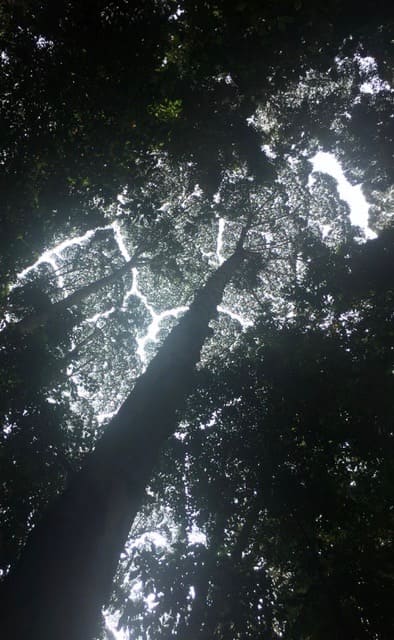
In 1985, FRI became autonomous under the Malaysian Forestry Research and Development Board, and was renamed Forest Research Institute Malaysia. It is nowadays home for a large variety of wildlife (frogs, mammals, birds and amphibians). It is really incredible to realise that this is a man-made forest, with less than 100 years of history, but so much life!
FRIM was declared a National Heritage Site in 2010, which increased its popularity and visitors. This is, however, as Dr. Noor AzlinYahya shared with us, both an advantage and a problem:
it allows them to raise awareness about the importance of the natural resources and biodiversity Malaysia has,
but it also attracts too many visitors to FRIM, which can result in damaging the ecosystem.
One of the main attractions was a canopy walkway, open since 1992, that had to be closed in 2017, for tree conservation reasons. FRIM is working on a new canopy walkway, with a different setup that will not damage the trees (using scaffolding). The new canopy walkway is expected to open in 2020.
FRIM is analysing all the data available about the visitors, their interests and the impact of the visits on the ecosystem, in order to be able to propose different strategies, that will allow visitors to come and explore the man-made forest with the minimum impact on the flora and fauna. FRIM is also working on developing a curriculum for Malaysian schools, that will contribute to raising awareness among the youngest citizens, and is working towards being declared a UNESCO World Heritage site also in 2020.
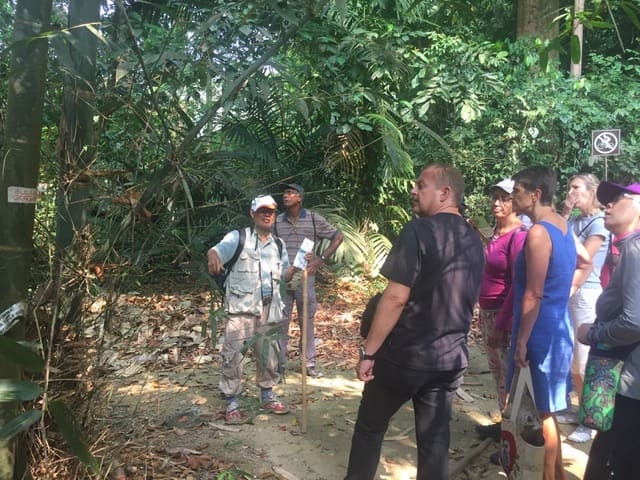
After this very informative introduction, we then visited the Museum guided by Mr. Mohd Nasir Husin (expert on mangroves) who explained the more relevant aspects showcased there, and we were then ready to go on a Nature Trek, along the Kerung Trail. We could then see, feel and smell nature. We saw the “Crown Shyness” (a phenomenon by which the crowns of the trees do not touch each other), we learned tto identify plants by the leaf arrangements, and we experienced the difference in temperature (4ºC cooler inside the forest).
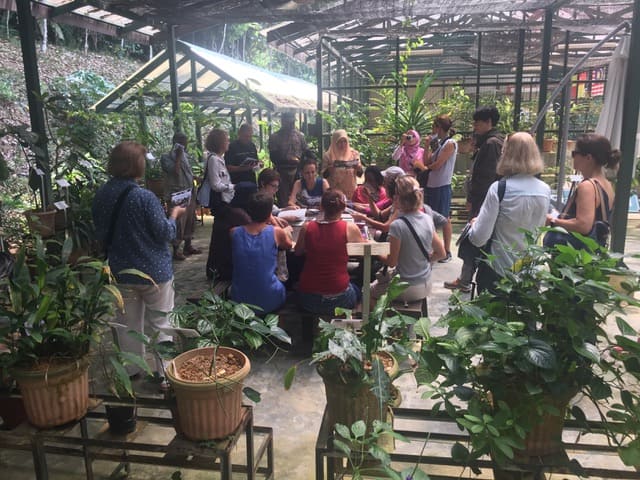
We then walked to the Ethnobotanical garden, which was established in 1995. It is a conservation center for medicinal and aromatic plants used by various ethnic groups in Peninsular Malaysia. It houses around 250 species of medicinal and aromatic plants from 89 different families, making this a unique collection in the country.
It was a very interesting and exciting morning, and we definitely wish all the best to FRIM in its mission of preserving and promoting the natural resources of Malaysia.
Isabel de Laiglesia
